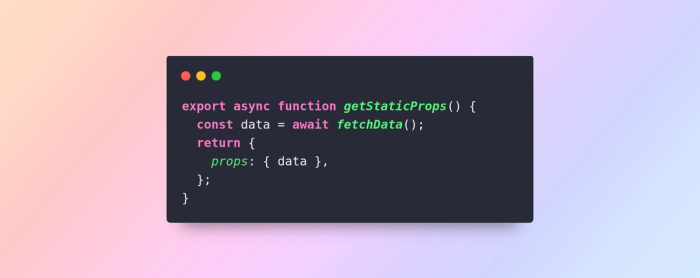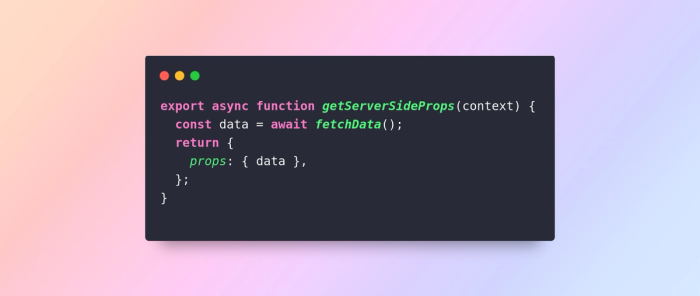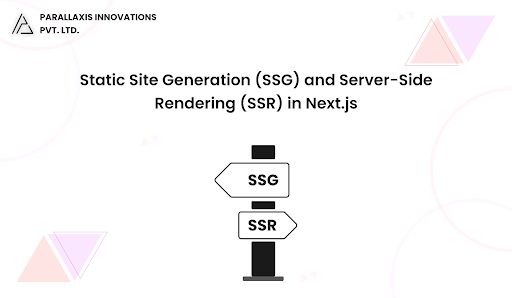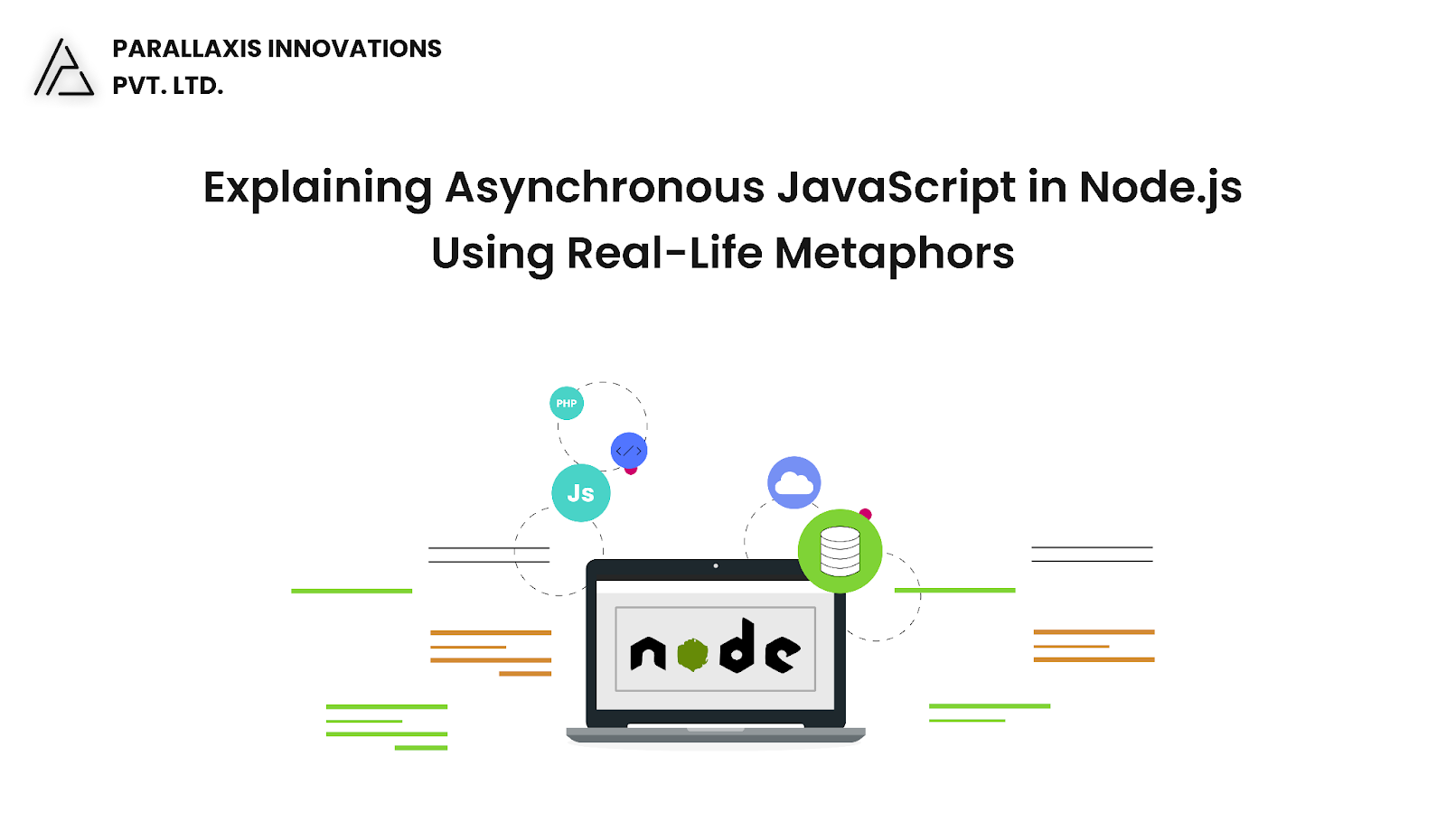When building web applications with Next.js, one of the most important architectural decisions you'll make is choosing between Static Site Generation (SSG) and Server-Side Rendering (SSR). Both methods are powerful, but they serve different use cases.
In this post, we’ll break down the differences, benefits, and best use cases of SSG and SSR to help you make the right decision for your Next.js application.
What is Static Site Generation (SSG)?
SSG means that your pages are generated at build time. The HTML is created once during deployment and then reused for every request.
How it works in Next.js:
You use the getStaticProps() function in your page component.

Pros:
- Faster performance: Pages load almost instantly because HTML is pre-generated.
- Better caching: Static files can be cached and served via a CDN globally.
- Scalability: No server is needed to generate pages on the fly.
Cons:
- Not ideal for frequently updated content: Since pages are built once, updates won't reflect until a new build is triggered.
- Changes require a rebuild and redeploy (unless you use Incremental Static Regeneration).
Best for:
- Blogs
- Marketing pages
- Documentation
- Content that doesn’t change often
What is Server-Side Rendering (SSR)?
SSR means the page is rendered on the server on each request. The HTML is generated at runtime.
How it works in Next.js:
You use the getServerSideProps() function in your page component.

Pros:
- Always up-to-date: The page shows the latest information every time someone visits it.
- Good for personal content: It's perfect for pages that show user-specific or changing data.
- No rebuilding needed: You don’t have to rebuild the whole website when something changes — updates show up automatically.
Cons:
- Slower response time: the server creates the page when someone visits it, it takes more time to show the page.
- More server load: Every time someone opens the page, the server has to build it, so it uses more power and resources.
Best for:
- Dashboards
- Admin panels
- User-specific pages
- Frequently updated content



